Hello Families! This week we will start our study of the frog life cycle. Frogs are such fun creatures to study! They start as an egg and then become a frog. In this lesson we will also be making a tadpole with materials you have around your house.
What is our theme? The Frog Life cycle
What is the lesson (overall purpose)?
Learning that frogs begin first as eggs and then develop into an adult frog.
MA Guidelines/Standards:
CD45 The older toddler improves memory for details
CD60 The younger toddler experiments with various wet and dry materials to discover their properties
CD61 The younger toddler discovers living things found in nature
CD64 The older toddler observes and identifies living things and begins to identify their basic needs
Learning Outcomes:
There are 4 stages of a frog’s life cycle; egg, tadpole, froglet, frog. The eggs are a jelly-like mass that a mother frog lays in the water. The eggs grow until they hatch and they are now tadpoles. Tadpoles have tails but no front or back legs. They live in the water where they stay as they grow front and back legs. This is the froglet stage. At the froglet stage they lose their tails and then become frogs. It takes about 4 months for the complete life cycle from egg to adult frog.
Songs, Books & Videos (Motivational Techniques)
https://youtu.be/MJOSoJNeu54 Video: Frog Life Cycle Song
https://youtu.be/Yn0ErPOsI-M Video: Frog eggs
https://youtu.be/gHO6S5-5zAU Story: The Teeny Weeny Tadpole
Materials:
egg carton
scissors
green construction paper
paint brush
green paint
glue
googly eyes
Activity (Procedure):
Have mom or dad cut out one section of the egg carton. (The part where the egg sits.) Paint that section green with paint using your paint brush. (This is going to be your tadpole body.) While the paint is drying,(this may take a few hours), use the scissors to cut the construction paper into a medium sized triangle. This is going to be your tadpole’s tail. (Ask for help if you are having a difficult time with the scissors!) Use the glue to add the triangle tail to one side of the body. (It’s best to attach it to the underside of the body). Let a tiny bit stick out from under the body. Now attach the googly eyes to the opposite side of the body. Now you have a tadpole!
Activity Wrap Up:
Rewatch the video “The Teeny Weeny Tadpole.” Can you notice what is different with the tadpole on each page? What is happening to the tadpole? How is he changing?
How do I know what my child is learning?
(Assessment) Ask your child to tell you the 4 stages of the frog life cycle. (Egg, tadpole, froglet, frog).
Ask your child where the frog lays the eggs? Where does the tadpole live?
What part of the frog body is missing when it is a tadpole? (legs)
What part of the body does a tadpole have that a frog doesn’t? (a tail)
How can you extend this activity? (Modifications)
What can you do with your tadpole? Can you try putting him in water? Will he float? Remember that tadpoles live in water as they are becoming adult frogs.
Keep your tadpole and add legs during tomorrow’s lesson on the next stage: froglet.
Helpful Hints: (Pitfalls & Solutions)
Sometimes the glue won’t hold the tail to the egg carton. Try using a stapler to attach the tail.
You can color the egg carton section with crayons if you don’t have green paint.
If you don’t have an egg carton, try to build your tadpole using a stone for the body. Or how about a pine cone?
Draw eyes on your tadpole if you don’t have googly eyes!
What is our theme? The Frog Life cycle
What is the lesson (overall purpose)?
Learning that frogs begin first as eggs and then develop into an adult frog.
MA Guidelines/Standards:
CD45 The older toddler improves memory for details
CD60 The younger toddler experiments with various wet and dry materials to discover their properties
CD61 The younger toddler discovers living things found in nature
CD64 The older toddler observes and identifies living things and begins to identify their basic needs
Learning Outcomes:
There are 4 stages of a frog’s life cycle; egg, tadpole, froglet, frog. The eggs are a jelly-like mass that a mother frog lays in the water. The eggs grow until they hatch and they are now tadpoles. Tadpoles have tails but no front or back legs. They live in the water where they stay as they grow front and back legs. This is the froglet stage. At the froglet stage they lose their tails and then become frogs. It takes about 4 months for the complete life cycle from egg to adult frog.
Songs, Books & Videos (Motivational Techniques)
https://youtu.be/MJOSoJNeu54 Video: Frog Life Cycle Song
https://youtu.be/Yn0ErPOsI-M Video: Frog eggs
https://youtu.be/gHO6S5-5zAU Story: The Teeny Weeny Tadpole
Materials:
egg carton
scissors
green construction paper
paint brush
green paint
glue
googly eyes
Activity (Procedure):
Have mom or dad cut out one section of the egg carton. (The part where the egg sits.) Paint that section green with paint using your paint brush. (This is going to be your tadpole body.) While the paint is drying,(this may take a few hours), use the scissors to cut the construction paper into a medium sized triangle. This is going to be your tadpole’s tail. (Ask for help if you are having a difficult time with the scissors!) Use the glue to add the triangle tail to one side of the body. (It’s best to attach it to the underside of the body). Let a tiny bit stick out from under the body. Now attach the googly eyes to the opposite side of the body. Now you have a tadpole!
Activity Wrap Up:
Rewatch the video “The Teeny Weeny Tadpole.” Can you notice what is different with the tadpole on each page? What is happening to the tadpole? How is he changing?
How do I know what my child is learning?
(Assessment) Ask your child to tell you the 4 stages of the frog life cycle. (Egg, tadpole, froglet, frog).
Ask your child where the frog lays the eggs? Where does the tadpole live?
What part of the frog body is missing when it is a tadpole? (legs)
What part of the body does a tadpole have that a frog doesn’t? (a tail)
How can you extend this activity? (Modifications)
What can you do with your tadpole? Can you try putting him in water? Will he float? Remember that tadpoles live in water as they are becoming adult frogs.
Keep your tadpole and add legs during tomorrow’s lesson on the next stage: froglet.
Helpful Hints: (Pitfalls & Solutions)
Sometimes the glue won’t hold the tail to the egg carton. Try using a stapler to attach the tail.
You can color the egg carton section with crayons if you don’t have green paint.
If you don’t have an egg carton, try to build your tadpole using a stone for the body. Or how about a pine cone?
Draw eyes on your tadpole if you don’t have googly eyes!
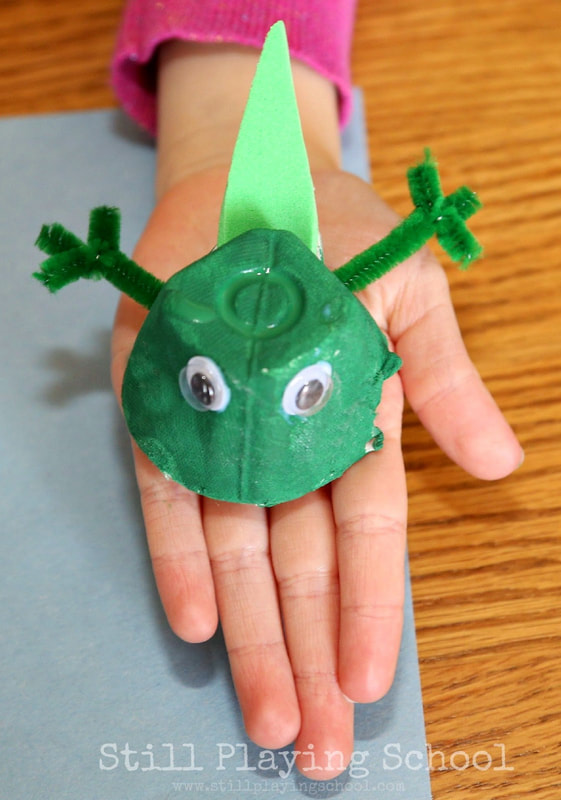
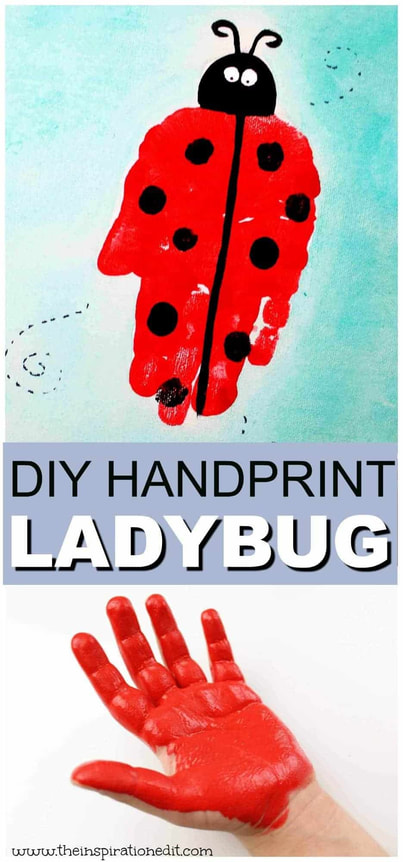
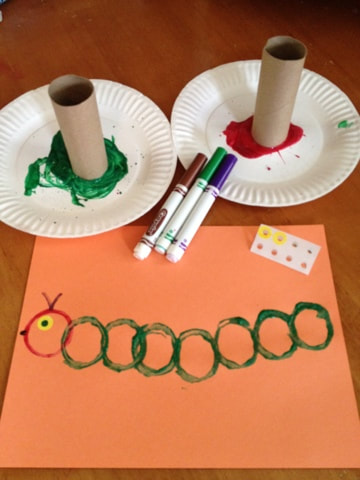
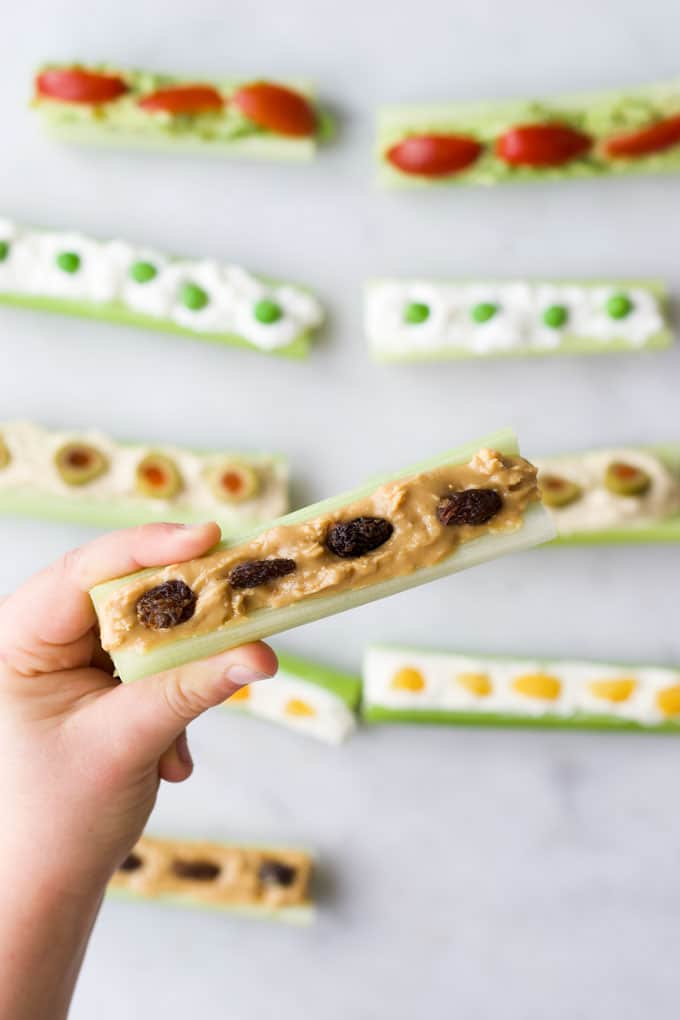
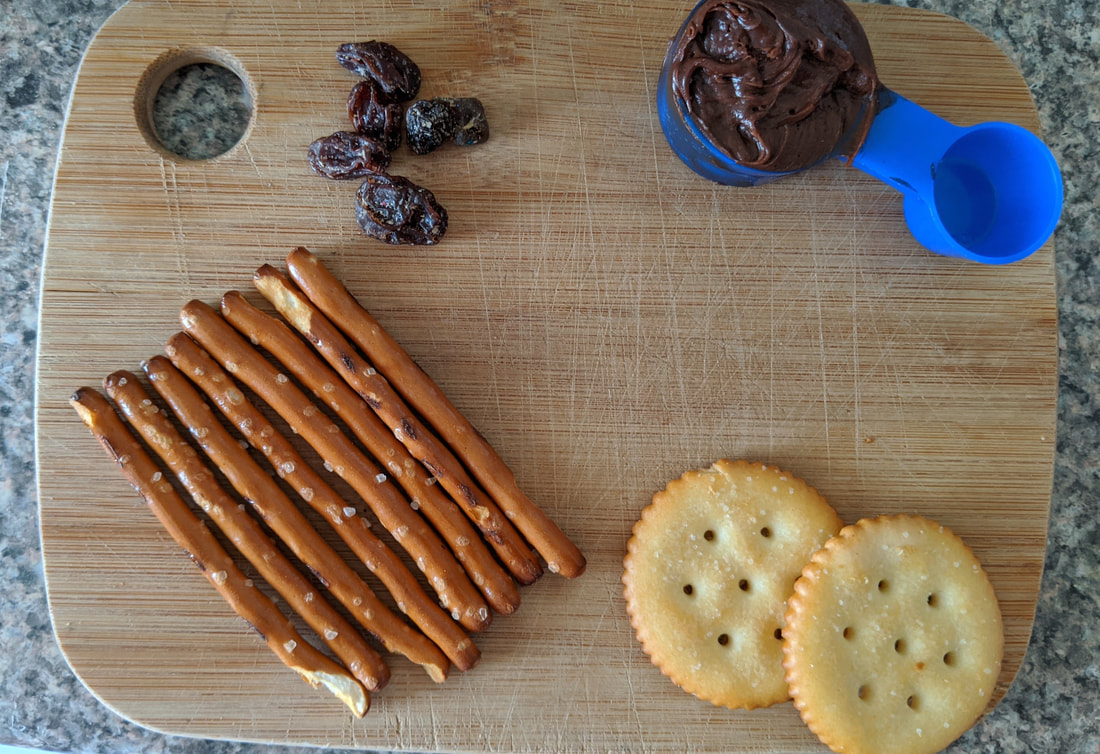
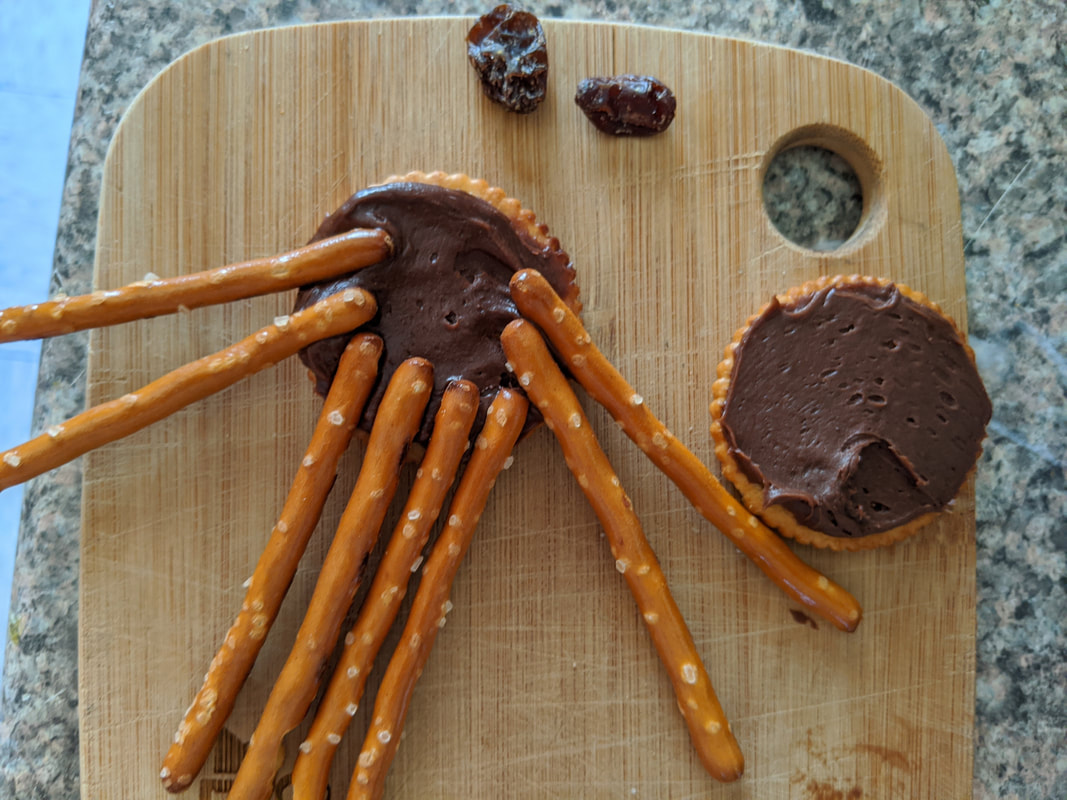
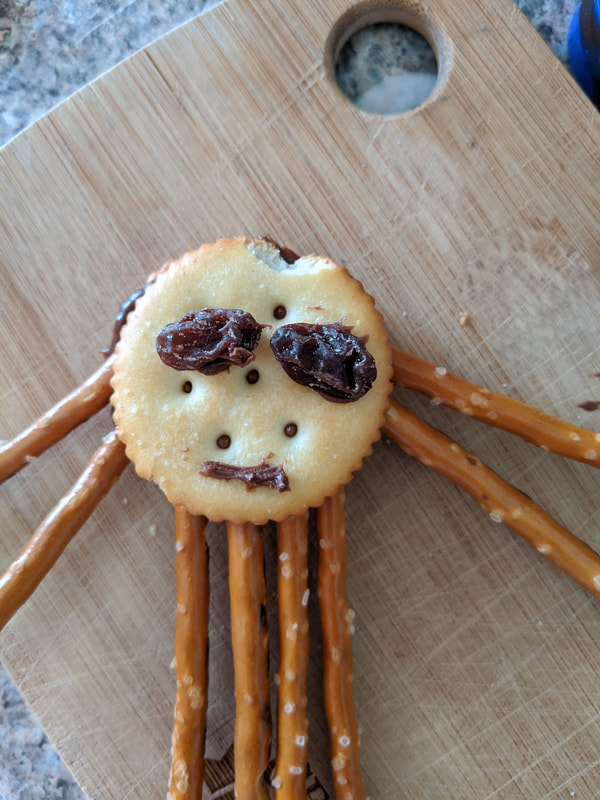
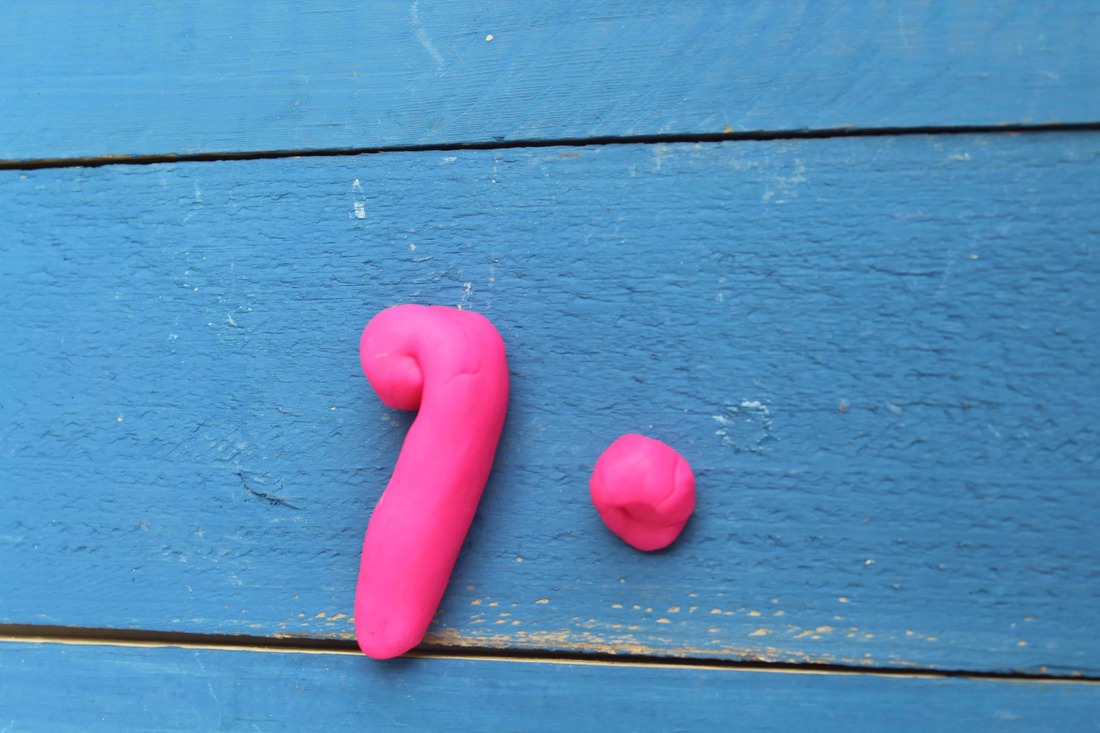
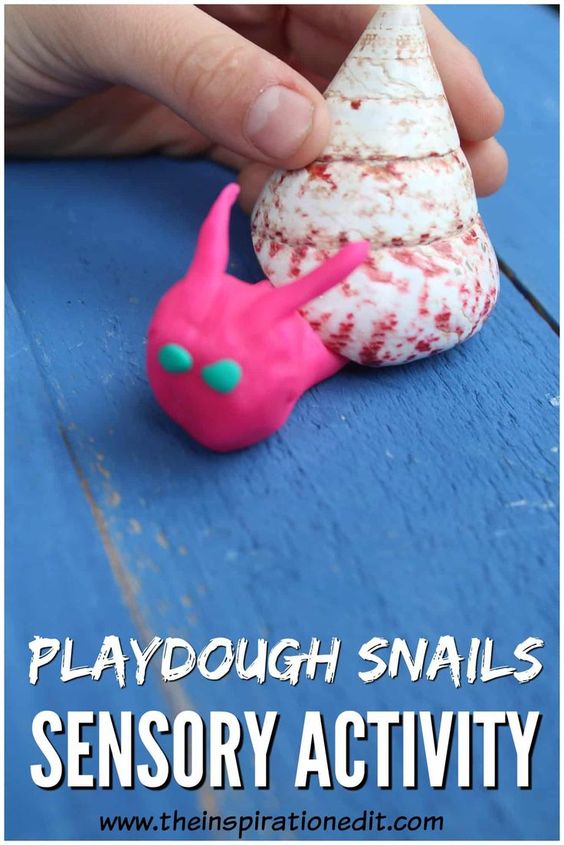
 RSS Feed
RSS Feed
